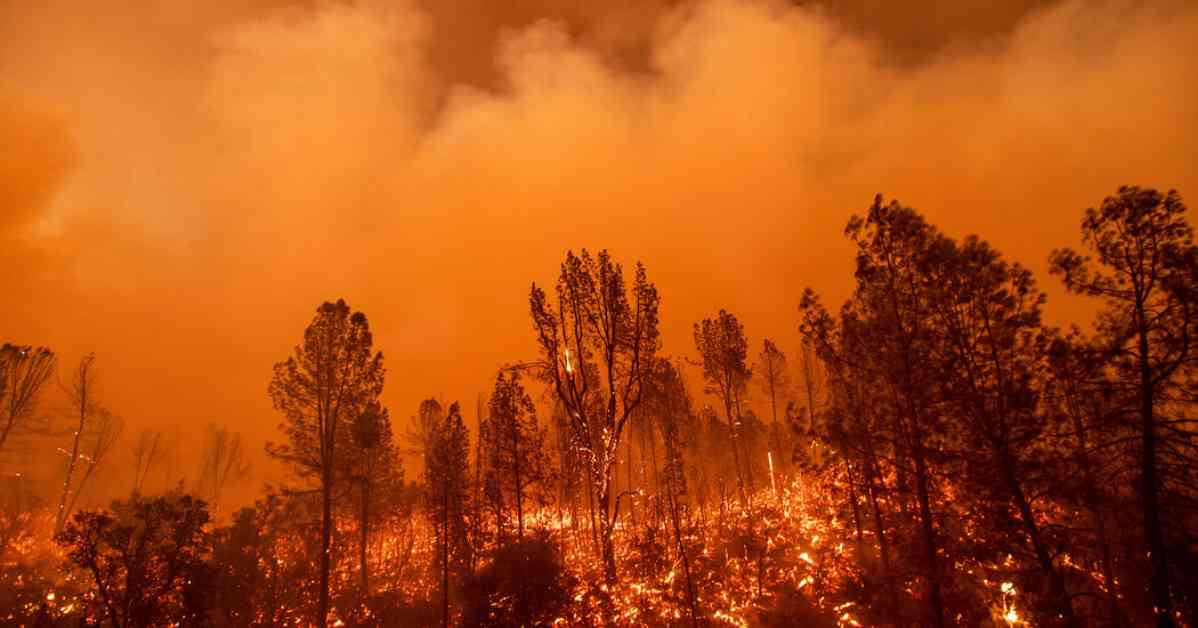Wildfire names may seem strange or even playful, but there is a method behind the madness for firefighters and dispatchers. When a blaze erupted near the Northern California border recently, it was quickly labeled as Bogus, despite the fact that it posed a significant threat, leading to evacuations and spreading over 400 acres without being fully contained. The name came from the location where it started – Little Bogus Creek Road.
Naming wildfires has long been a practical way to facilitate communication, allocate resources effectively, and keep the public informed. In California, where a multitude of wildfires are active at any given time, the list of names is extensive and diverse, ranging from the Cow fire to the Royal fire to the Pay fire to the French fire. While these names may seem random or whimsical to outsiders, they actually have a straightforward origin. Typically, fire names are derived from nearby geographical landmarks, providing a straightforward and unexciting reference point.
For instance, the Carr fire of 2018 was named after Carr Powerhouse Road, the Nuns fire of 2017 after Nuns Canyon Road, and the Witch fire of 2007 after Witch Creek. The process of naming fires is quick and often based on the first thing that comes to mind for the initial fire official on the scene or the dispatcher handling the call. The goal is to choose a name that is closely tied to a recognizable nearby feature, leading to names like the Mountain fire, the Lake fire, and the Creek fire.
In essence, the seemingly arbitrary names of wildfires serve a practical purpose, helping to streamline communication and resource allocation during critical situations. So, the next time you hear about a fire with an unusual name, remember that there is likely a simple and logical explanation behind it.
Thank you for your patience as we confirm your access to this article. If you are currently in Reader mode, please log into your Times account or consider subscribing to access all of The Times’ content.




